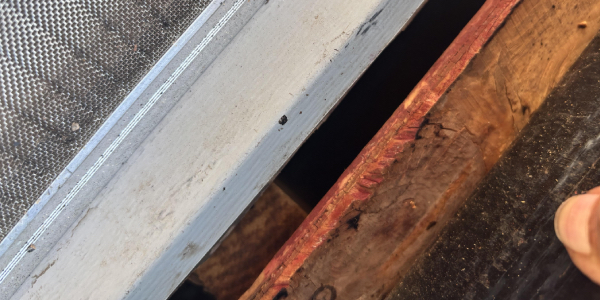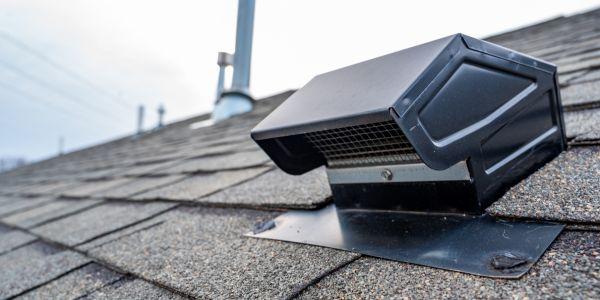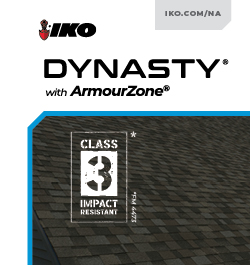Q&A – Warranty issues
September 22, 2025 at 6:00 a.m.This homeowner recently had their roof done and had some questions about what their warranty covered.
When Cherris in Tenessee got a new roof, they wanted it to be the last roof they paid for on the house. But they noticed something odd, so came to the AskARoofer experts with this question:
My roof passed Inspection and is platinum protected. I had a new roof installed recently and paid top dollars because I wanted the best and not to worry about a roof for the remainder of my life. The job looks beautiful to the eyes, but the rest is horrific. No drip edges, blocked intake vents, soffits clogged with foam, no flashing in pentration areas, no ice and water barrier, no baffles, rotten fascia boards, rotten decking, did not pull a permit and a big gap between the roof deck and the house. The third-party financing company released funds and the roofing manufacturer accepted and registered the platinum protection warranty. But what good will that warranty do me now or in five years? The installation is not warranty qualified. What can I do?
Below is what our roofing expert John Kenney from Cotney Consulting Group had to say in response:
The platinum protection warranty may look impressive on paper, but homeowners are often surprised to learn that registration alone doesn’t mean the warranty is valid. The manufacturer typically backs these enhanced warranties with specific conditions: the roof must be installed by a credentialed contractor, all approved components must be used, inspections may be required and the job must follow local code, including pulling permits. If any of that gets skipped, the manufacturer can and usually will void the warranty once a claim is filed and the installation is reviewed. In short, if the install doesn’t meet the manufacturer’s standards, the warranty isn’t going to hold up five years from now — no matter what the paperwork says.
The first thing you should do is contact the manufacturer directly and request a formal warranty compliance review or inspection. Most major roofing manufacturers have technical reps who can inspect installations and determine if the system was installed according to their published specs. Be specific: ask if the current installation qualifies for full coverage, whether an inspection will be done and what your options are if the job doesn’t meet the requirements.
Next, begin documenting everything. Take photos of all visible defects, including missing drip edges, improper or missing flashing, clogged soffits, rotten fascia and decking. Verify with your local building department whether a permit was pulled. Include a copy of the signed contract, warranty paperwork and any communication you’ve had with the contractor or financing company. This documentation is your leverage and will be critical if you need to escalate things.
You may have grounds for action if the contractor failed to follow the code or the manufacturer’s specs. Start by filing a complaint with your state’s licensing board or consumer protection agency. Notify the financing company and dispute the release of funds if you can prove misrepresentation or fraud. You might also want to speak with a construction attorney to see if your situation qualifies for a breach of contract or warranty fraud claim. If the contractor was part of a certified program, the manufacturer may offer a corrective resolution process, especially if they want to preserve the reputation of their program.
Lastly, it’s worth bringing in a third-party roof inspector who is not connected to the contractor or manufacturer. Their report will carry more weight than homeowner photos and can help support any formal complaints or claims.
Homeowners often assume that paying top dollar and getting a big-name warranty guarantees protection, but the truth is, the warranty is only as strong as the workmanship behind it. If the installation doesn’t follow spec, it’s not going to stand up when you need it. Your best-case scenario is having the installer or the manufacturer correct the deficiencies and bring the roof into compliance. In the worst case, you must pursue legal or financial remedies. Either way, don’t let this sit. Document everything, push for a warranty review and bring in professionals to help resolve it correctly.
Have a question? AskARoofer.
Find your local roofing contractor in the AskARoofer™ Contractor Directory.














Comments
Leave a Reply
Have an account? Login to leave a comment!
Sign In